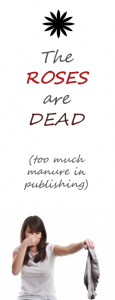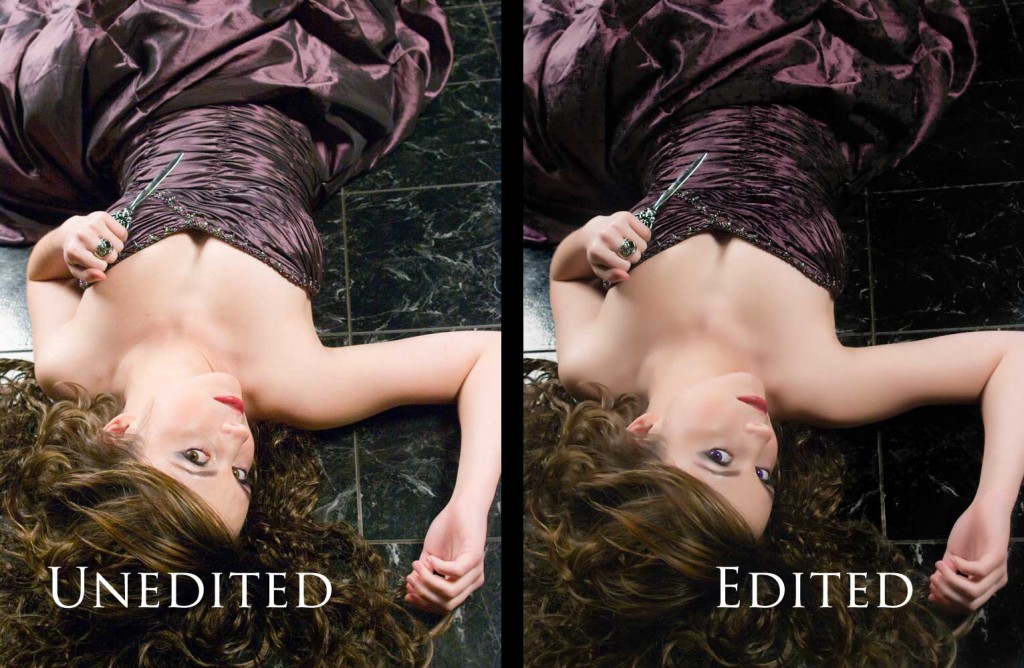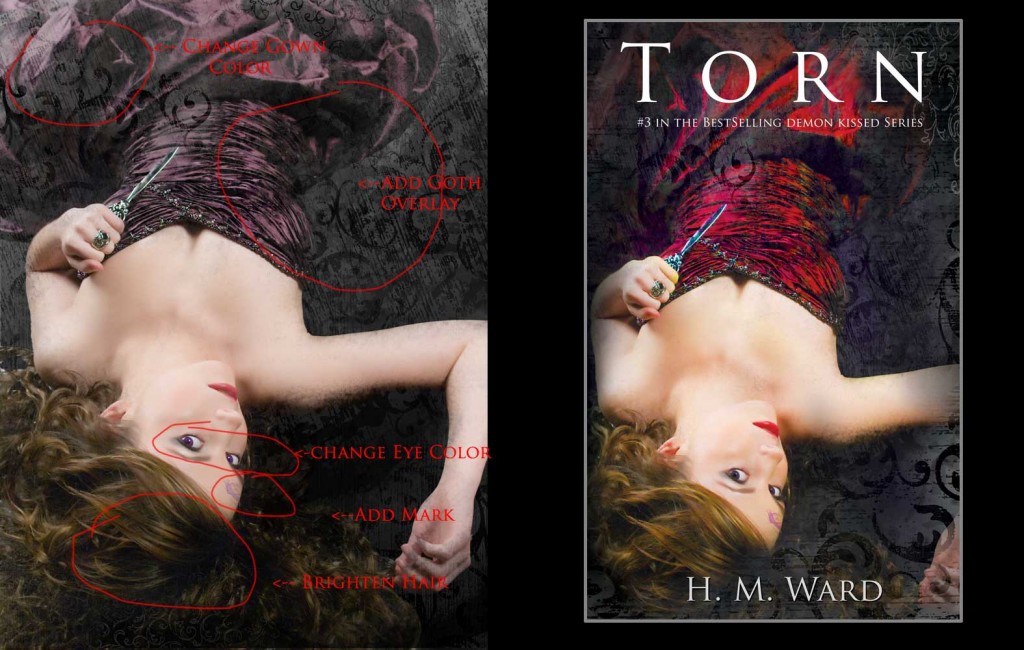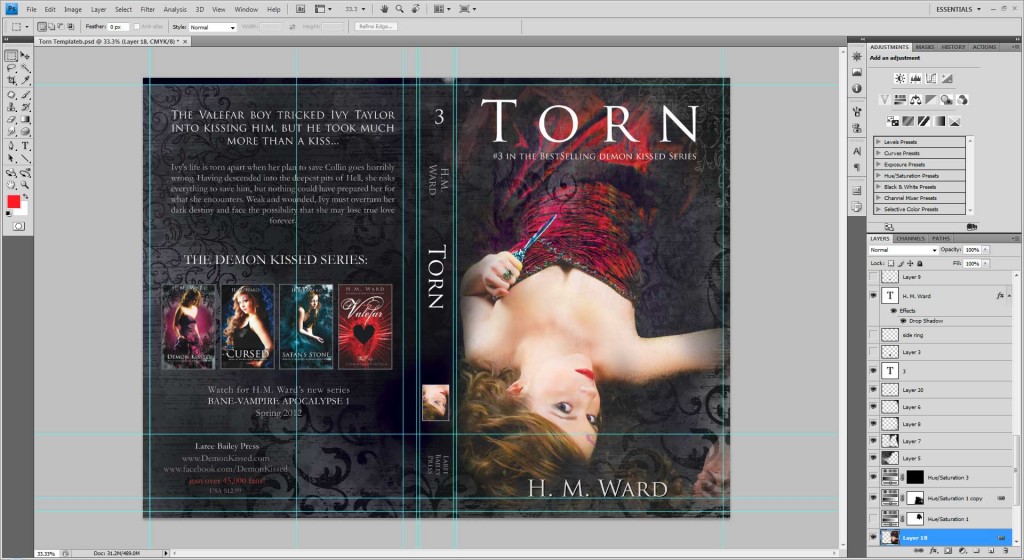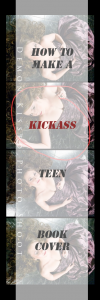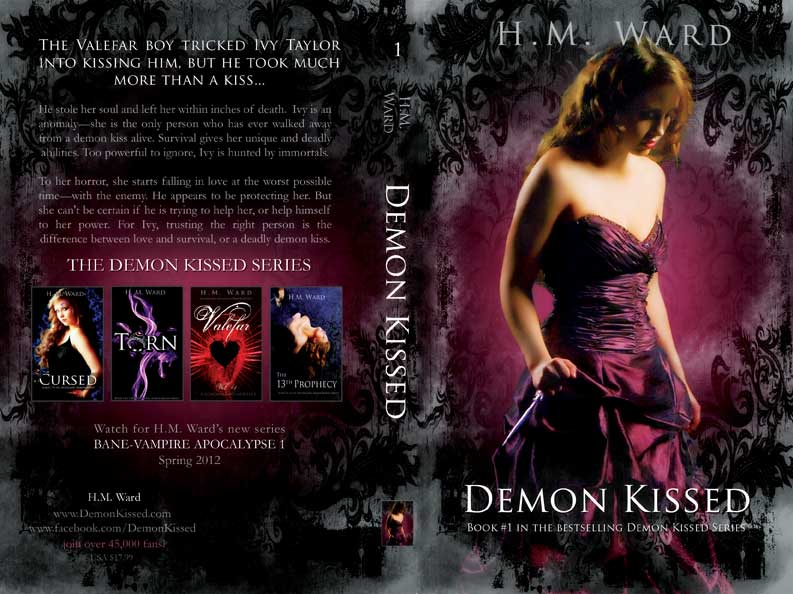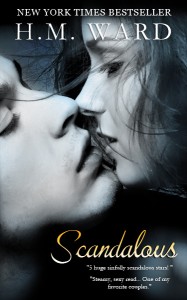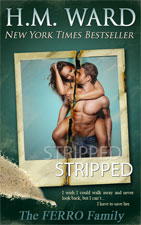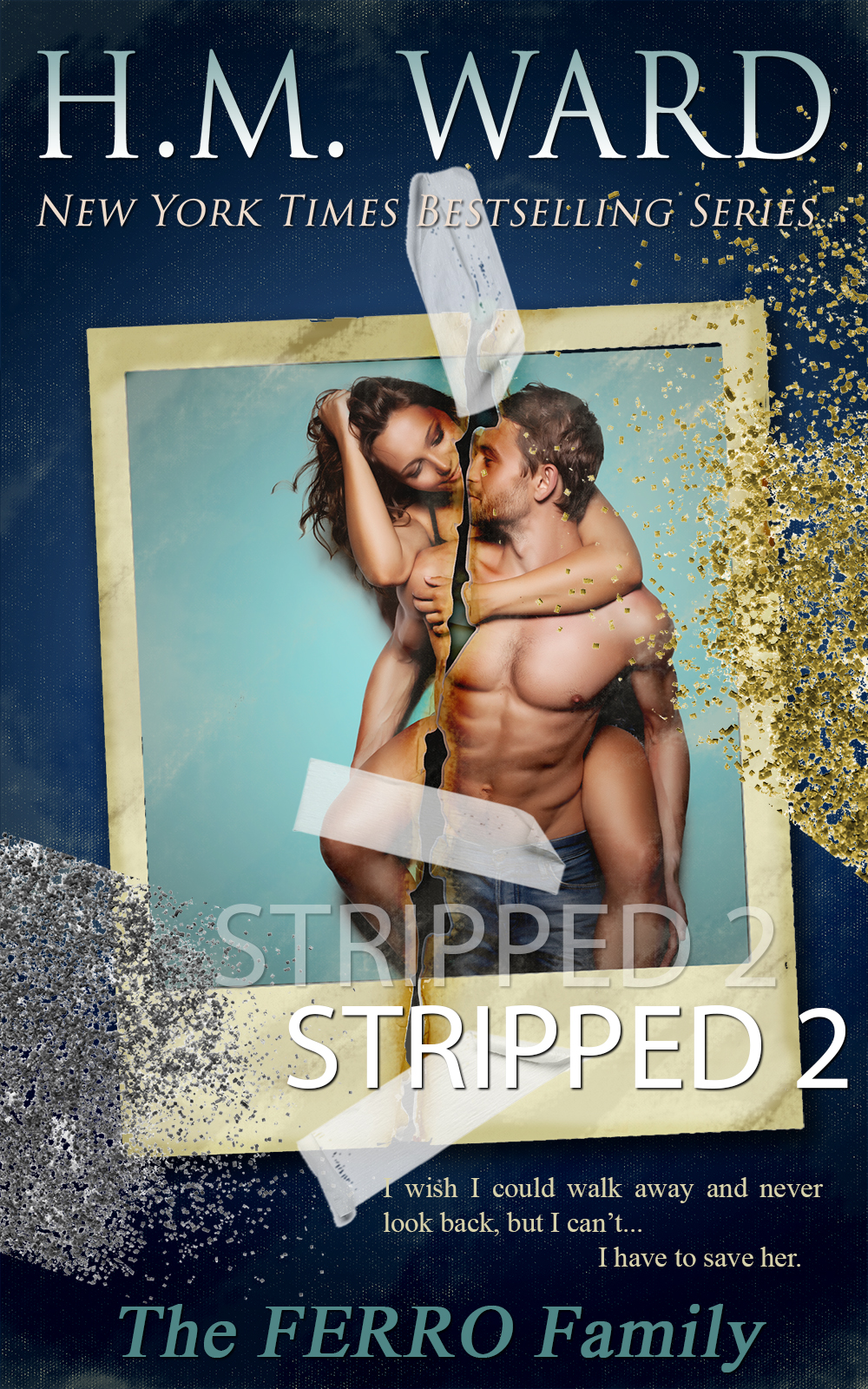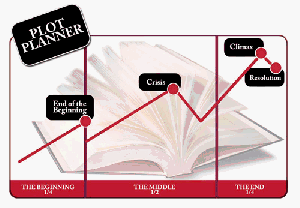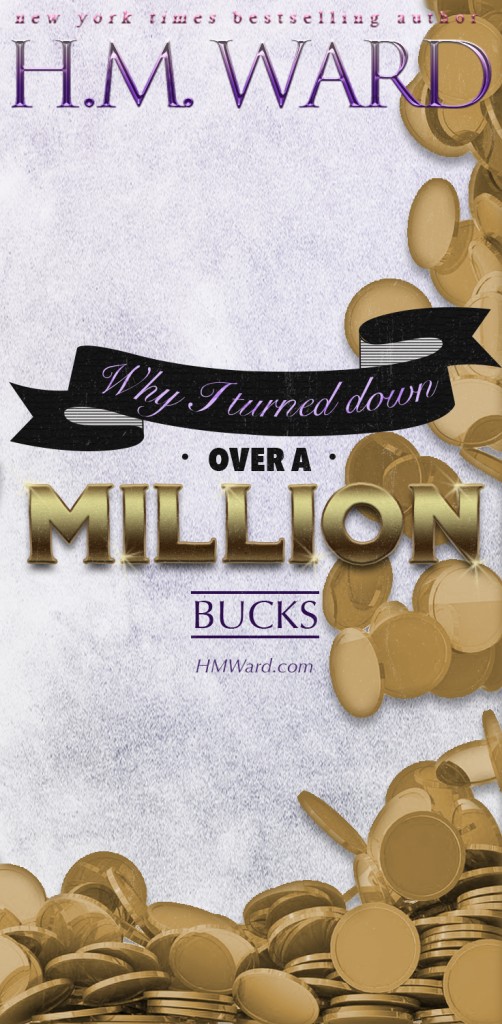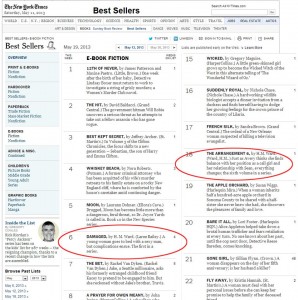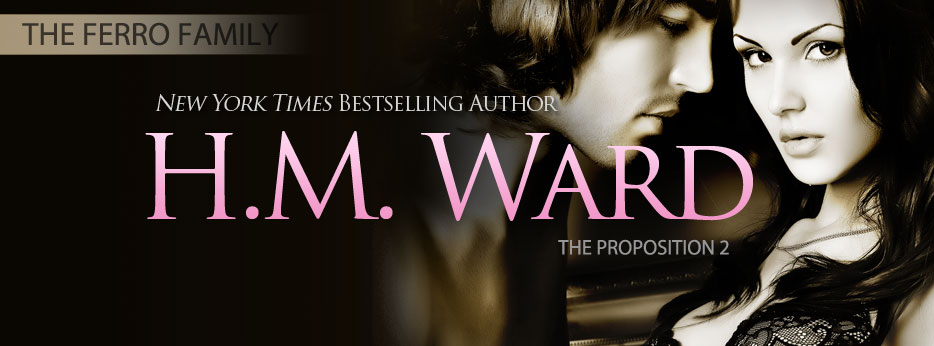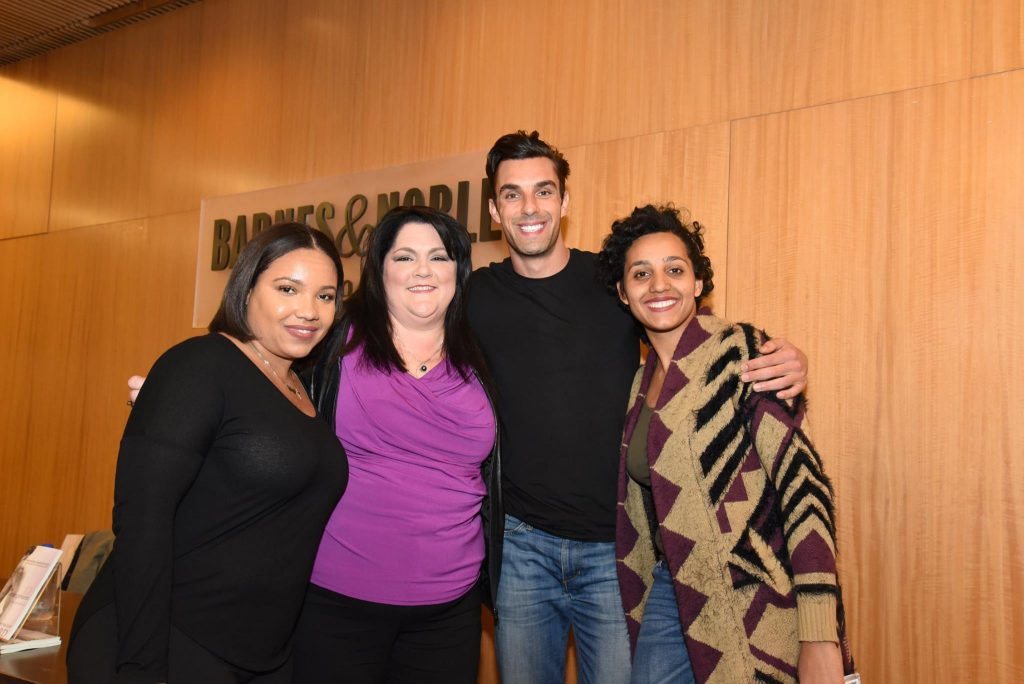
H.M. Ward at B&N Signing in New York City. April 2016.
Since I started indie publishing my first book, authors have always wanted the opportunity to have their print books in brick and mortar stores.
For years, self-published authors have been hitting the bestsellers lists, but their books rarely surfaced in a physical location. For example, I’ve personally hit the New York Times bestseller list 21 times and unless a store manager decided to stock a title, it just wasn’t done. Bestseller or not.
Well, today B&N’s self publishing division, NOOK PRESS, made a major announcement.
- INDIES HAVE A CHANCE TO CREATE PAPERBACKS & HARDCOVERS AT NOOKPRESS.COM
- THESE TITLES WILL SHOW IN PRINT ON BN.COM WITHIN 72 HOURS.
- INDIES CAN GET THEIR BOOKS IN BARNES & NOBLES STORES.
- SELF-PUBLISHED AUTHORS CAN HAVE IN-STORE SIGNINGS AT BARNES & NOBLE.
The ability to have indie books on shelves is a topic that’s of supreme importance. For some, it’s a chance to level the playing field and get all the opportunities a traditionally published peer would have gotten. For readers, it means they suddenly have access to thousands of titles that they’ve not seen before. Many people are still reading print. This increases their choices while offering them great prices at a store they already frequent.
This open door is an incredible opportunity, and it doesn’t cost you a thing. Actually, Nook Press is offering new accounts a $25 e-gift card to try it out. You can see for yourself the print quality and hold the book in your hands.
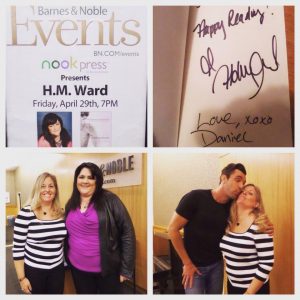
H.M. Ward at B&N in NYC with the cover model and an amazing fan.
I’ve had the opportunity to beta test the platform and user interface for Nook Press. The hardcovers are beautiful. I’ll post a picture in a few days after the reveal. The paperbacks are gorgeous. The user interface is easy to understand and has options for step-by-step directions. Or if you’re like me and have experience, you can enter the info, upload the files, and be done in a snap. You can get print proofs (use that coupon code and grab a few for free), and they ship quickly. Can you say easy?
Here’s the thing that everyone has been asking me about–the opportunity with B&N stores. Not only can you see your printed books on a shelf, but they’re able to offer in-store events. You can sign at your local B&N and meet your fans! For many self-published authors that’s been a pipe dream. For those at the top of their game, we had to pry the doors open and shove through. That was the only way deals happened, and it was only for the select writers who sold millions of books and had huge cahones with matching budgets. I’ve sold 12 million books since 2013. The jaws of life wouldn’t open some doors, even for me.
In April, I had a signing and Q&A at the B&N in New York City. The cover model flew out and I had an amazing time chatting with fans that evening. I got to see my books in the store and take a look at the promotional material that announced my event. It was really cool.
Now, these options are open to every writer who can meet a very reasonable set of criteria. You don’t have to sell millions of copies to be considered. Nook Press made the opportunities available starting at 500 copies of a single title sold in a year. The completed details are listed below in the official press release that came out this morning.
The fledgling author will sell about 200 copies of their book. This isn’t a door that’s open for them at this point. However, for authors who work hard and meet these very significant milestones, you now have options to spread your wings and fly. Selling 201 books is a huge accomplishment. It means you did it. You got out there and got started. 500 and 1000 copies are huge achievements. It means you defied the odds and now you’re in the top tier of professional writers. It shows you’re serious and that you have a product people want. Working hand in hand with a bookstore that has the ability to increase your visibility is a tremendous achievement. In my opinion, that’s a game changer. It’s a great time to be an Indie author!
PRESS RELEASE:
NEW YORK–(BUSINESS WIRE)–Barnes & Noble, Inc. (NYSE:BKS), the nation’s largest retail bookseller and a leading retailer of content, digital media and educational products, today announced that NOOK Press, NOOK’s innovative self-publishing platform, has launched the NOOK Press print platform to provide NOOK Press authors with an easy-to-use, self-service program that enables them to create hardcover and paperback books for customer purchase. Through the new print platform, eligible* NOOK Press authors have the opportunity to sell their print books at Barnes & Noble stores across the country on a local, regional or national level, and online at BN.com. Authors can also qualify** for the opportunity to participate at in-store events including book signings and discussions, where they will be able to sell their print books and meet fans.
To have their print books considered for in-store placement on a local, regional or national level, eligible NOOK Press authors can submit their print books for review by Barnes & Noble’s Small Press Department and one of the company’s corporate category buyers. To participate at in-store events, top-selling NOOK Press authors are eligible for an event review from a Barnes & Noble store manager. They can contact nookpressauthors@book.com for more details.
“Barnes & Noble is proud to be the first to offer coordinated, national distribution for self-published authors who will benefit from in-store placement at Barnes & Noble stores and online at BN.com,” says Fred Argir, Chief Digital Office at Barnes & Noble. “No one else can offer self-published authors a retail presence like Barnes & Noble can, and we are thrilled to lead the movement to innovate the self-publishing industry by leveraging our stores nationwide. We look forward to seeing how the new all-in-one platform will increase the success of our authors!”
Many NOOK Press authors share Barnes & Noble’s excitement for the new NOOK Press print platform, including New York Times bestselling author H.M. Ward:
“I think the NOOK Press print platform is going to be a tremendous success,” said Ward. “For authors, being able to have their books available in print and digital is huge. For readers, they suddenly have access to more bestselling titles at great prices. Barnes & Noble and authors can make self-published books available in stores and at events, which is something the competition can’t do. This is a game changer and shows that Barnes & Noble has the capability to change the self-publishing model in a way that no one else can.”
The NOOK Press print platform is for anyone who wants to make a professional-quality print book of his or her work. Any self-published print book can be made available for sale on BN.com in about 72 hours of being uploaded to the NOOK Press platform.
The NOOK Press print platform walks self-published authors step-by-step through the print book creation process. All they need to get started are print-ready PDF or Word documents of their interior text and cover. NOOK Press provides authors with all the tools and resources needed to help create print-ready files of their work. For more information, authors should visitprint.nookpress.com.
*Opportunity available for those print book authors whose eBook sales [of a single title] have reached 1,000 units in the past year.
** Opportunity available for those print book authors whose eBook sales [of a single title] have reached 500 units in the past year.
About Barnes & Noble, Inc.
Barnes & Noble, Inc. (NYSE:BKS) is a Fortune 500 company, the nation’s largest retail bookseller, and a leading retailer of content, digital media and educational products. The Company operates 640 Barnes & Noble bookstores in 50 states, and one of the Web’s premier e-commerce sites, BN.com (www.bn.com). The NOOK Digital business offers a lineup of popular NOOK (www.nook.com) tablets and eReaders and an expansive collection of digital reading and entertainment content through the NOOK Store®. The NOOK Store features more than 4 million digital books in the US plus periodicals, comics, apps, movies and TV shows, and offers the ability to enjoy content across a wide array of popular devices through Free NOOK Reading Apps™ available for Android™, iOS® and Windows®.
General information on Barnes & Noble, Inc. can be obtained by visiting the Company’s corporate website atwww.barnesandnobleinc.com.
Contacts
Barnes & Noble, Inc.
Mary Ellen Keating, 212-633-3323
Senior Vice President
Corporate Communications
mkeating@bn.com
or
Barnes & Noble, Inc.
Alan McNamara, 212-633-3379
Director
Corporate Communications
amcnamara@bn.com







